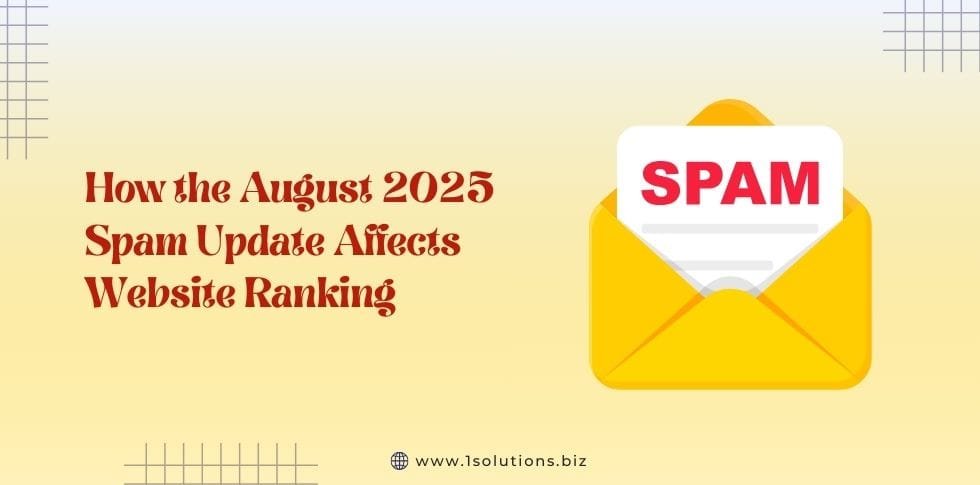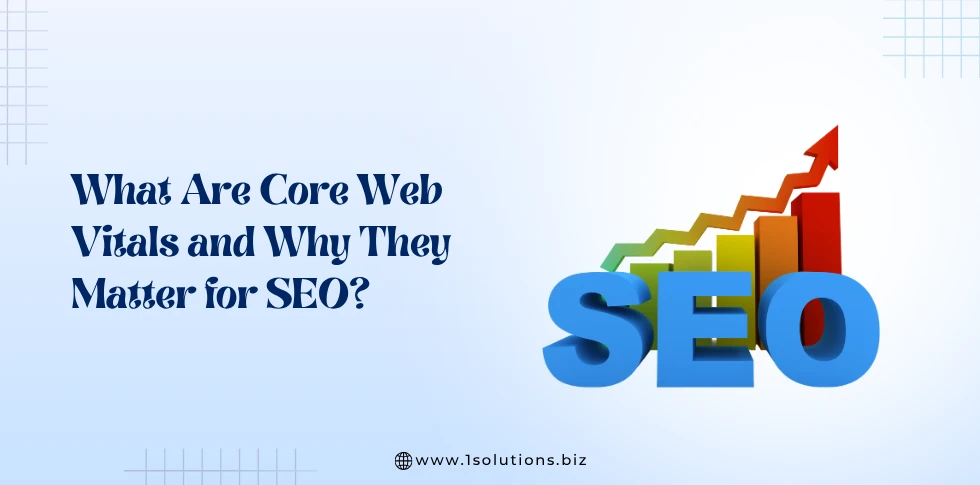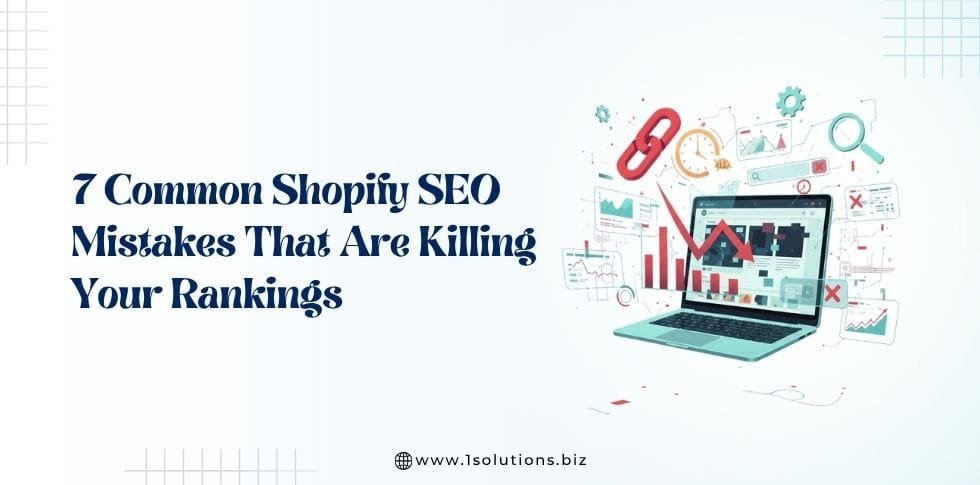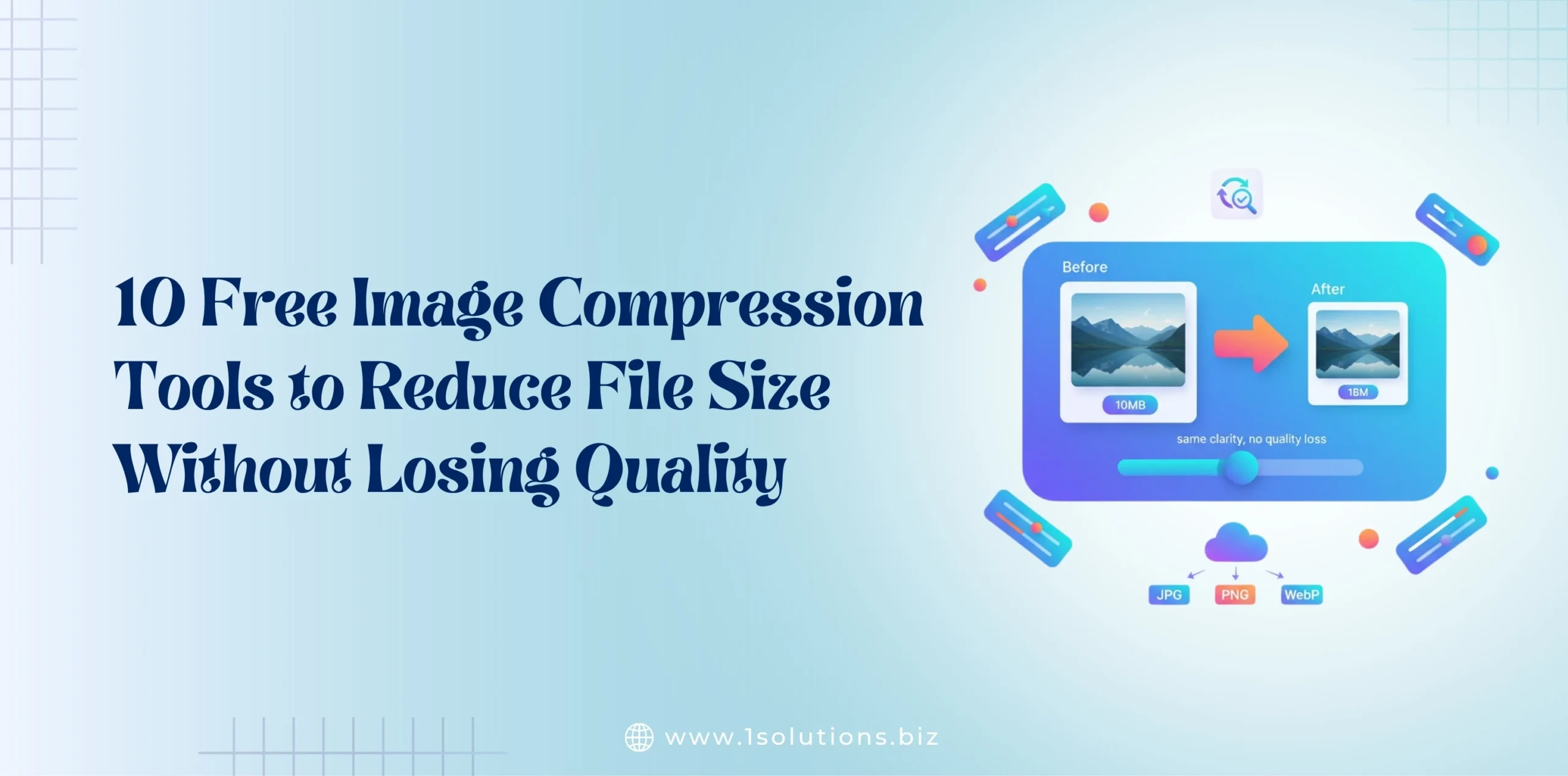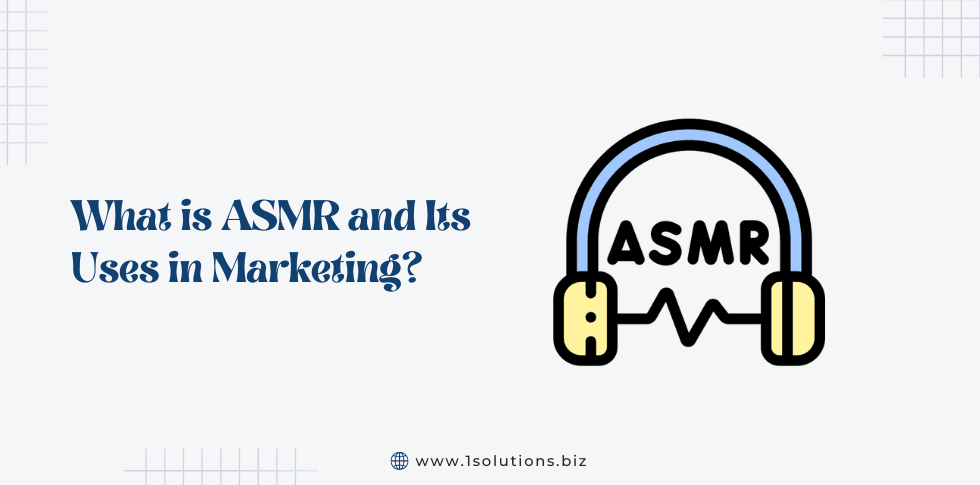On August 26, 2025, Google announced the rollout of its August 2025 Spam Update, a global change to how Google detects and handles spammy content and manipulative practices in Search.
This update is rolling out across all languages and locations and may take a few weeks to complete.
If you’re a website owner, SEO professional, or digital marketer, this update matters because it can cause ranking and traffic volatility. It also signals which tactics Google is increasingly penalizing.
What the August 2025 Spam Update Targets (and why)
Google frames spam updates as improvements to its spam detection systems with the goal of reducing content or behaviors that deceive users or manipulate Search. While Google rarely publishes exhaustive lists for a specific spam update, signals and early reporting point to the update focusing on:
- AI-generated, low-value content at scale (content that adds no user value and is produced purely to game rankings)
- Manipulative backlinks and link-spam (paid or networked links that pass ranking signals improperly)
- Thin, duplicated, or scraped content (pages with little to no unique, helpful information)
- Doorways, cloaking, and other classic spam techniques that present different content to users and search engines
These targets align with Google’s long-running push to deliver trustworthy, useful results. Past spam updates and broader policy changes confirm Google’s emphasis on reducing scaled, unoriginal content and manipulative behavior.
Also Read: Safe Link Building After Google’s Spam Update: Dos and Don’ts
How the Update Affects Website Rankings: Winners and Losers
Who benefits
- Sites with deep, original, user-focused content that answer user intent with demonstrable experience, expertise, and usefulness
- Websites with clean backlink profiles where links are earned naturally and editorially
- Brands and publishers that demonstrate E-E-A-T (Experience, Expertise, Authoritativeness, Trustworthiness), especially in YMYL niches
Who loses
- Sites relying on thin or mass-produced AI content that lacks unique insights or value
- Websites using manipulative link tactics such as Private Blog Networks, link schemes, or undisclosed paid links
- Doorway and scraped-content sites that exist only to funnel traffic or replicate other sources
Typical ranking scenarios observed
- Sudden traffic dips on affected pages, often visible in Search Console as drops in impressions or clicks
- Ranking volatility across related keywords during the rollout period before stabilization
- Partial recoveries for sites that rapidly clean up issues, although recovery is not guaranteed and may take time
Also Read: How to Build Backlinks Naturally
Best Practices for Recovery and Adaptation
Content and UX
- Remove or merge thin or duplicated content
Consolidate overlapping articles into comprehensive resources that fully answer user queries. Thin pages with little value should be rewritten or redirected. - Strengthen E-E-A-T with author bios, case studies, and citations
Showcase author expertise through detailed bios, credentials, and LinkedIn links. Support claims with case studies, original research, and citations from reputable sources. - Rewrite AI-generated content with unique insights and original data
If your site relies heavily on templated or auto-generated content, enhance it with expert commentary, industry statistics, and actionable tips that set it apart. - Ensure content aligns with search intent
Match the format and depth of your content to what users expect — whether it’s a how-to guide, product comparison, or in-depth analysis.
Backlinks
- Audit backlink profiles and clean toxic links
Use tools like Ahrefs, Semrush, or Google Search Console to identify suspicious patterns such as link farms, PBNs, or irrelevant directories. - Disavow harmful links if removal isn’t possible
After outreach attempts fail, submit a disavow file to Google to reduce the impact of spammy backlinks. - Stop buying links and pursue genuine editorial mentions
Build links naturally by creating share-worthy assets such as original research, industry tools, or thought leadership articles that attract organic mentions.
Technical SEO
- Fix crawl and indexing issues flagged in GSC
Address coverage errors, blocked resources, or non-indexable pages. Ensure your robots.txt and sitemap are updated. - Improve site speed and Core Web Vitals
Optimize images, enable caching, use a CDN, and review LCP, FID, and CLS metrics regularly. Fast, stable sites perform better post-update. - Remove doorway pages and cloaked content
Eliminate low-value pages designed solely to manipulate rankings. Google’s spam filters now detect these tactics more aggressively.
Monitoring
- Set alerts in GSC and GA4 for major drops
Real-time alerts help you react quickly if rankings or traffic suddenly decline. - Maintain a change log for SEO activities
Document updates to content, site structure, or backlinks so you can correlate changes with performance shifts. - Follow Google’s Search Status Dashboard for updates
Stay informed about confirmed algorithm changes to adjust your strategy proactively.
Also Read: Does the August 2025 Spam Update Affect Backlinks?
SEO Recovery Checklist
- Export GSC performance data for the past 90 days
Review impressions, clicks, and CTR trends to spot sudden shifts in visibility. Pay special attention to the queries and pages most affected. - Identify the top 10 pages with the largest drops
Focus on the highest-impact pages first. These often drive the majority of traffic and revenue, so recovering them can stabilize performance quickly. - Audit those pages for quality, uniqueness, and E-E-A-T
Check whether the content is thin, outdated, or overly generic. Strengthen with updated data, clear author attribution, and real-world insights to align with Google’s quality standards. - Rewrite or consolidate priority pages
Merge overlapping or duplicative pages into comprehensive resources. Rewrite low-value content to add depth, originality, and a clear user-focused angle. - Audit backlinks and address harmful links
Use tools like Ahrefs or Semrush to detect toxic backlinks. Reach out to site owners for removal where possible, and use Google’s Disavow Tool only when necessary. - Resolve technical issues flagged in GSC
Fix errors like crawl anomalies, indexing issues, or mobile usability warnings. Ensure the site is fast, secure (HTTPS), and easy for crawlers to navigate. - Monitor weekly for 6–8 weeks
Track ranking recovery, impressions, and clicks in GSC and Analytics. Document every change you make so you can measure what drives improvements.
Also read: Google E-E-A-T Content Quality Checklist For Higher Rankings
Long-Term SEO Strategy Post-Update
Recovering from the August 2025 Spam Update is only the first step. To safeguard rankings and build long-term growth, websites need to shift toward sustainable SEO strategies that align with Google’s evolving quality standards. Below are the five core pillars of a future-proof SEO plan:
1. Prioritize User-First, Original, Research-Backed Content
The days of publishing content for algorithms are over. Google increasingly rewards content that demonstrates real-world expertise, experience, and unique insights. To succeed, invest in:
- In-depth articles and guides that thoroughly answer user questions and solve problems
- Original research or case studies that provide data competitors cannot replicate
- Content formats that enhance understanding, such as infographics, explainer videos, and interactive tools
- Author expertise, including bios, credentials, and links to professional profiles
By focusing on content that truly helps users, you not only rank better but also build credibility and trust that drives conversions.
2. Strengthen Brand Authority Through Thought Leadership and Media Mentions
Authority is no longer built through keyword repetition. It comes from being recognized as a credible voice in your niche. Steps to build brand authority include:
- Publishing thought leadership pieces on trending industry topics
- Hosting webinars, podcasts, or video interviews with experts
- Pitching to journalists and bloggers for media mentions and PR opportunities
- Partnering with influencers or respected professionals in your space
When your brand appears in respected publications or earns natural mentions, it strengthens your site’s E-E-A-T signals, which can safeguard rankings against future algorithm shifts.
3. Pursue Editorial Backlinks With Linkable Assets
Backlinks remain one of the strongest ranking signals, but not all links are equal. Instead of chasing spammy or low-quality links, create link-worthy content assets that naturally attract attention. For example:
- Industry reports and original surveys
- Free tools, templates, or calculators
- Detailed visual resources like charts, infographics, and comparison guides
- Evergreen guides that become reference points in your niche
When you produce valuable assets, you make it easy for bloggers, journalists, and industry leaders to link back to you, creating a natural link profile that Google trusts.
4. Invest in Technical Excellence
Even the best content will not perform if your website fails technically. Google prioritizes websites that provide fast, mobile-friendly, and seamless user experiences. Focus on:
- Mobile-first optimization, since most searches happen on mobile devices
- Core Web Vitals improvements, such as reducing Largest Contentful Paint (LCP) times and improving Interaction to Next Paint (INP)
- Structured data and schema markup to help Google better understand and display your content
- Clear site architecture and internal linking so both users and crawlers can navigate easily
- Robust security with HTTPS, secure logins, and privacy compliance
A technically strong website is less vulnerable to ranking losses during updates and provides a better user experience that improves engagement signals.
5. Run Quarterly SEO Audits and A/B Tests for UX Improvements
SEO is never a one-time effort. Post-update resilience comes from ongoing monitoring and optimization. To stay ahead:
- Conduct quarterly SEO audits that review content quality, backlinks, technical performance, and keyword positioning
- Use A/B testing to optimize conversion elements such as CTAs, headlines, and landing page layouts
- Continuously monitor SERP features and competitors to identify gaps and opportunities
- Adapt quickly to new search behaviors, including voice search queries and AI-driven SERP results
By treating SEO as an ongoing process, you create a sustainable growth system that can adapt to new updates without major disruption.
Also Read: Why You Need A Long-Term SEO Strategy?
Frequently Asked Questions
1. What is the Google August 2025 Spam Update?
The Google August 2025 Spam Update is an algorithm change aimed at reducing manipulative SEO tactics like AI-generated spam, keyword stuffing, toxic backlinks, and duplicate content, ensuring higher visibility for websites offering valuable, original, and trustworthy content.
2. How can I check if my site was affected?
You can identify impact by checking Google Search Console and Google Analytics for sudden ranking drops, reduced impressions, or traffic loss. Pay attention to your top-performing pages, as significant declines often signal an update-related issue.
3. Why did my website rankings drop after the update?
Rankings may drop if your site uses spammy SEO tactics such as thin content, duplicate pages, excessive keyword use, or unnatural backlinks. Google now prioritizes E-E-A-T and rewards websites that deliver original, user-focused, high-quality content.
4. What should I do if my traffic declines?
If your traffic declined, start by auditing content for uniqueness, improving E-E-A-T with expert contributions, cleaning toxic backlinks, and fixing technical SEO issues. Update outdated or AI-driven content to align with user intent and Google’s guidelines.
5. How long does SEO recovery take after this update?
Recovery time varies but typically takes 6–12 weeks, depending on how quickly issues are resolved. Improvements in content quality, backlinks, and technical SEO must be re-crawled and re-evaluated by Google before rankings stabilize again.
6. What types of websites benefit from the update?
Websites focusing on original research, expert-driven content, authoritative backlinks, and strong technical SEO benefit most. Sites that consistently prioritize user value, fast page speed, mobile-friendliness, and ethical SEO practices see improved rankings and long-term growth.
7. How can I future-proof my site against spam updates?
To future-proof your site, invest in high-quality, user-first content, strengthen E-E-A-T signals, pursue natural editorial backlinks, and maintain strong technical SEO. Regular SEO audits, continuous monitoring, and adapting to Google’s evolving guidelines are essential for stability.
Final thoughts
The Google August 2025 Spam Update is another clear step toward rewarding originality and penalizing manipulative tactics. If your site lost rankings, treat it as a chance to rebuild with quality and user trust at the center. Long-term winners will always be those who invest in user-first content, authority, and technical SEO.
If your site has been affected or you want to safeguard against future updates, reach out to 1Solutions for a personalized SEO audit and recovery strategy.



















